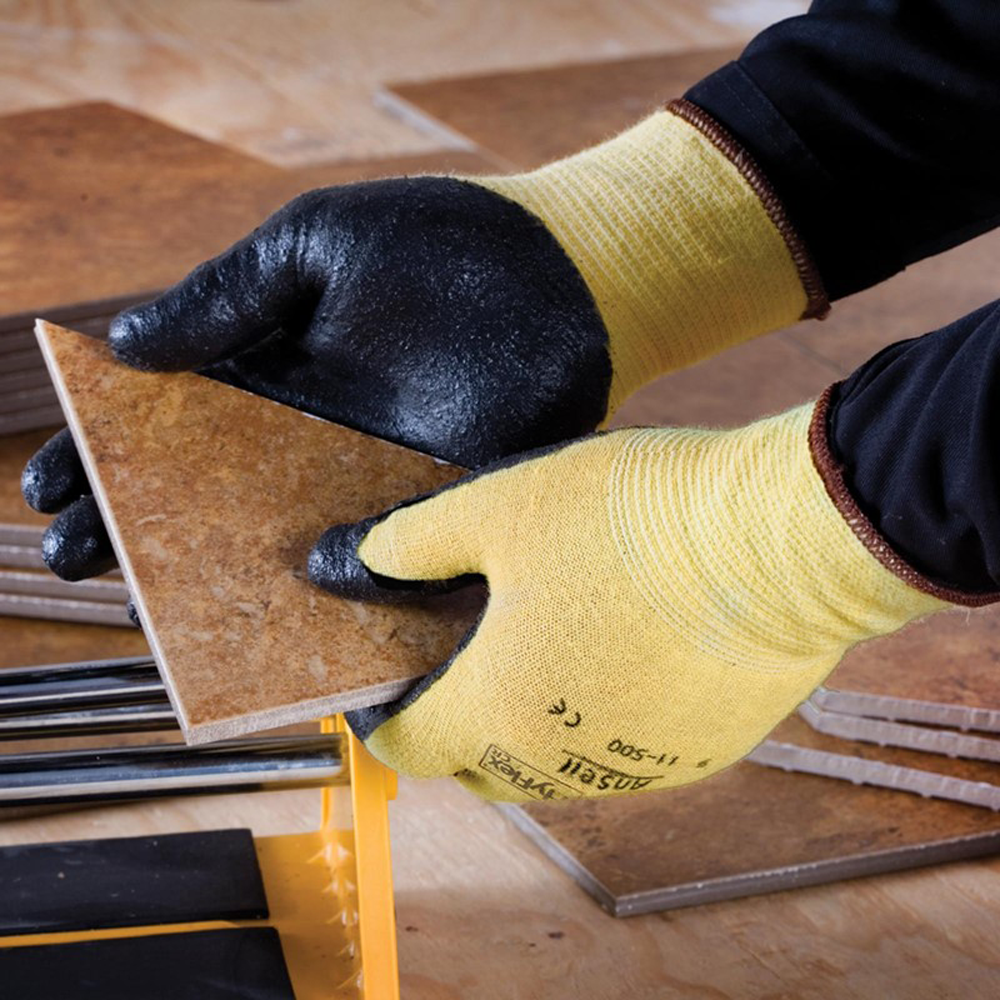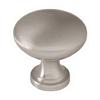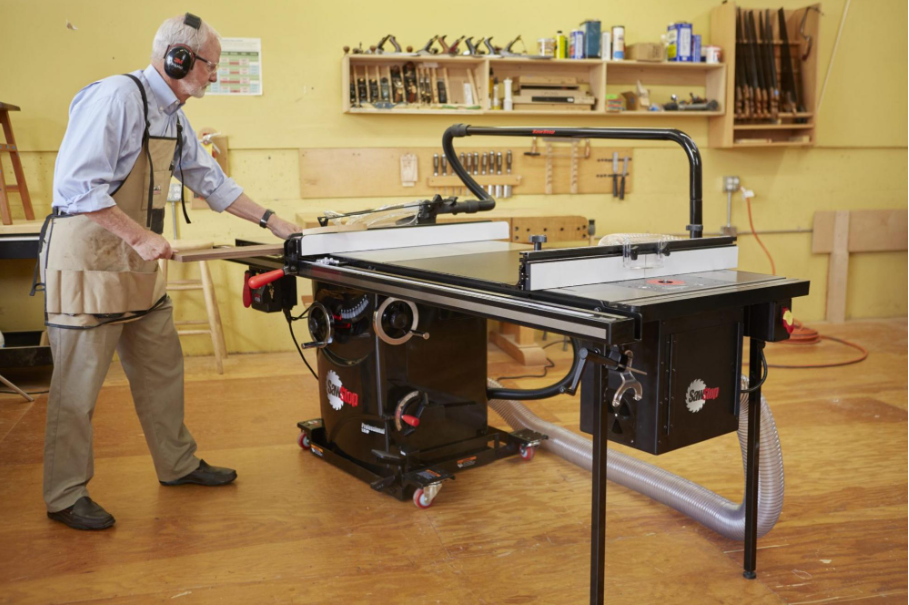
In this blog post, we discuss the crucial role of glove protection in woodworking and highlight its importance for both amateurs and professionals. We delve into the potential hazards and risks associated with woodworking, such as cuts, splinters, and chemical exposure, emphasizing how gloves act as a barrier between these risks and our hands. We explore different types of gloves available for woodworkers, including leather, synthetic, and cut-resistant options, and explain how to choose the most suitable ones based on the specific tasks and materials involved. Additionally, we provide practical tips on glove care and maintenance to ensure their longevity and effectiveness. By emphasizing the significance of glove protection, this blog post aims to raise awareness among woodworkers about the essential role gloves play in preventing injuries and promoting safety in the workshop.
Introduction
Glove protection in woodworking refers to the use of gloves to shield our hands from potential hazards and risks associated with working with wood. It is a crucial aspect of woodworking safety that should not be overlooked. Gloves act as a physical barrier between our hands and various dangers present in the workshop, such as sharp tools, splinters, chemicals, and even heat. By wearing the appropriate gloves, woodworkers can significantly reduce the risk of injuries and ensure a safer working environment.

The Hazards of Woodworking
Woodworking involves various hazards that can pose a threat to the safety and well-being of woodworkers. Some of the most common injuries in woodworking include cuts, punctures, abrasions, and splinters. These injuries can occur when handling sharp tools, working with rough wood surfaces, or even accidentally coming into contact with harmful chemicals. Additionally, there is a risk of burns from hot materials or machinery in the workshop. Therefore, it is essential to take proper precautions and use glove protection to minimize these risks.
Choosing the Right Gloves
When it comes to glove protection in woodworking, selecting the right gloves is crucial. There are several key features to consider when choosing gloves for woodworking. Firstly, the material of the gloves plays a significant role in determining their effectiveness. Leather gloves are popular among woodworkers due to their durability and resistance to cuts and abrasions. However, synthetic gloves, such as those made from nylon or Kevlar, provide excellent cut resistance and dexterity. The choice of gloves should also take into account the specific tasks and materials involved in the woodworking project. For example, if there is a risk of chemical exposure, gloves with chemical-resistant properties should be chosen.
Comfort and flexibility are also important factors to consider when selecting gloves. Woodworkers often spend long hours in the workshop, and uncomfortable or restrictive gloves can hinder their dexterity and overall productivity. It is essential to choose gloves that allow for a good grip and provide sufficient flexibility to handle tools and materials effectively.
Types of Glove Protection
There are various types of gloves available for woodworkers, each designed to offer protection against specific hazards. One common type is cut-resistant gloves. These gloves are made from materials like Kevlar or high-performance polyethylene and provide excellent protection against cuts and punctures. They are particularly useful when working with sharp tools or handling rough wood surfaces.
Heat-resistant gloves are another type of glove protection commonly used in woodworking. These gloves are designed to withstand high temperatures and protect against burns when working with hot materials or using heat-generating tools and machinery. They are often made from materials like leather or specialized heat-resistant fabrics.
Impact-resistant gloves are also worth considering, especially when working with power tools or heavy machinery. These gloves offer additional padding and protection to minimize the risk of hand injuries from impacts or vibrations.
Proper Glove Maintenance
In order to ensure the longevity and effectiveness of glove protection in woodworking, proper care and maintenance are essential. Regular cleaning and sanitizing of gloves are crucial to prevent the buildup of dirt, dust, or harmful substances that may compromise their protective properties. It is recommended to follow the manufacturer’s instructions for cleaning and drying the gloves to avoid any damage.
Furthermore, proper storage of gloves is important to maintain their integrity. Gloves should be stored in a clean and dry environment, away from direct sunlight or excessive heat. Storing gloves properly helps to prevent degradation and prolongs their lifespan.
Woodworkers should also be vigilant in recognizing signs of wear and tear in their gloves. Over time, gloves may develop holes, tears, or lose their protective properties. It is important to replace worn-out gloves promptly to ensure continued protection.
Conclusion
In conclusion, glove protection plays a vital role in woodworking safety. Woodworkers face various hazards and risks, including cuts, splinters, and chemical exposure, which can result in serious injuries. By wearing the appropriate gloves, woodworkers can create a barrier between these risks and their hands, significantly reducing the chances of harm. Choosing the right gloves based on the specific tasks and materials involved, as well as properly maintaining and caring for them, are crucial steps in ensuring their effectiveness. Woodworkers should prioritize safety in the workshop and understand the importance of glove protection as an essential safety measure.

















 Do Not Sell My Personal Information
Do Not Sell My Personal Information